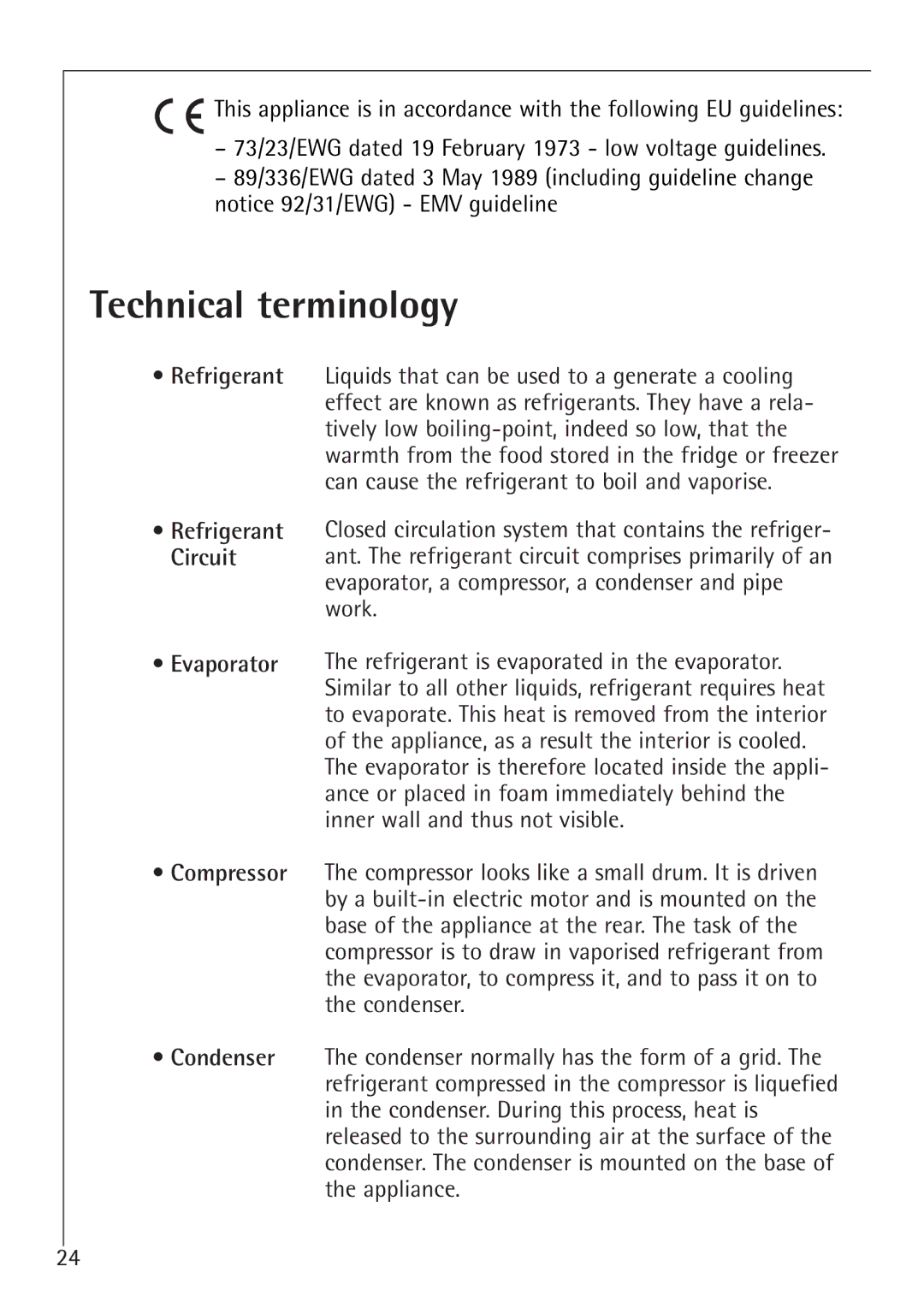1683-7 TK, 1688-7 TK specifications
The Electrolux 1688-7 TK and 1683-7 TK are two advanced models within the renowned Electrolux line of vacuum cleaners, designed to provide exceptional cleaning performance while prioritizing user convenience and efficiency. Both models blend innovative technologies with practical features, making them suitable for various household cleaning needs.The Electrolux 1688-7 TK is equipped with a powerful motor that offers high suction strength, ensuring deep cleaning on both carpets and hard floors. One of its standout features is the multi-cyclonic technology, which separates dirt and dust from the air, enhancing filtration and preventing clogging. This leads to consistent suction power over time, which is essential for tackling challenging messes. Additionally, it incorporates a HEPA filtration system, capturing fine particles and allergens, making it an excellent choice for households with allergy sufferers.
In contrast, the Electrolux 1683-7 TK maintains similar performance capabilities but is tailored for compactness and easy maneuverability. This model features a lightweight design that allows for effortless handling and transport, making it ideal for small spaces or frequent use in different areas of the home. Like its counterpart, it also utilizes advanced multi-cyclonic technology and a HEPA filter for superior dust and allergen capture.
Both models feature a range of attachments, including a crevice tool and upholstery brush, expanding their versatility for cleaning upholstered furniture, stairs, and tight corners. The dust canisters are designed for easy emptying, minimizing the mess involved in disposing of collected debris. Moreover, the ergonomic handle and adjustable telescopic wand provide added comfort during use, catering to users of varying heights.
Energy efficiency is another significant characteristic of the Electrolux 1688-7 TK and 1683-7 TK, as they comply with modern energy standards while delivering powerful suction. Overall, these vacuum cleaners exemplify Electrolux’s commitment to quality and innovation, making them excellent choices for maintaining a clean and healthy home environment. Whether you prioritize deep cleaning power or compact design, both models offer the reliability and performance that Electrolux is known for.

